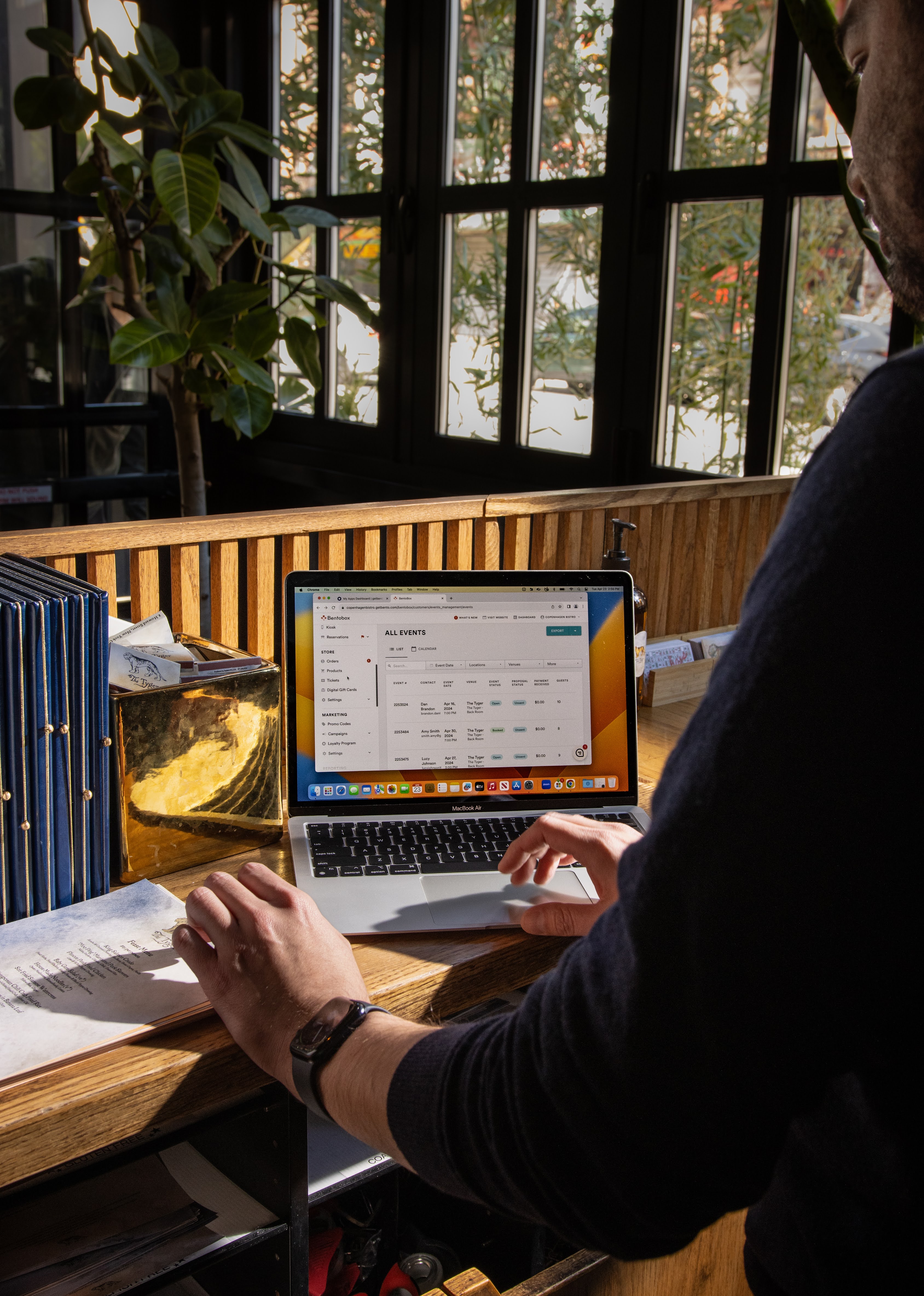Reports & Guides
Our team is constantly working to talk to restaurant owners and analyze industry trends. Through this work, we have created how-to guides and research reports to help you better run your business and stack up against the competition.
A Technical Guide to Restaurant SEO
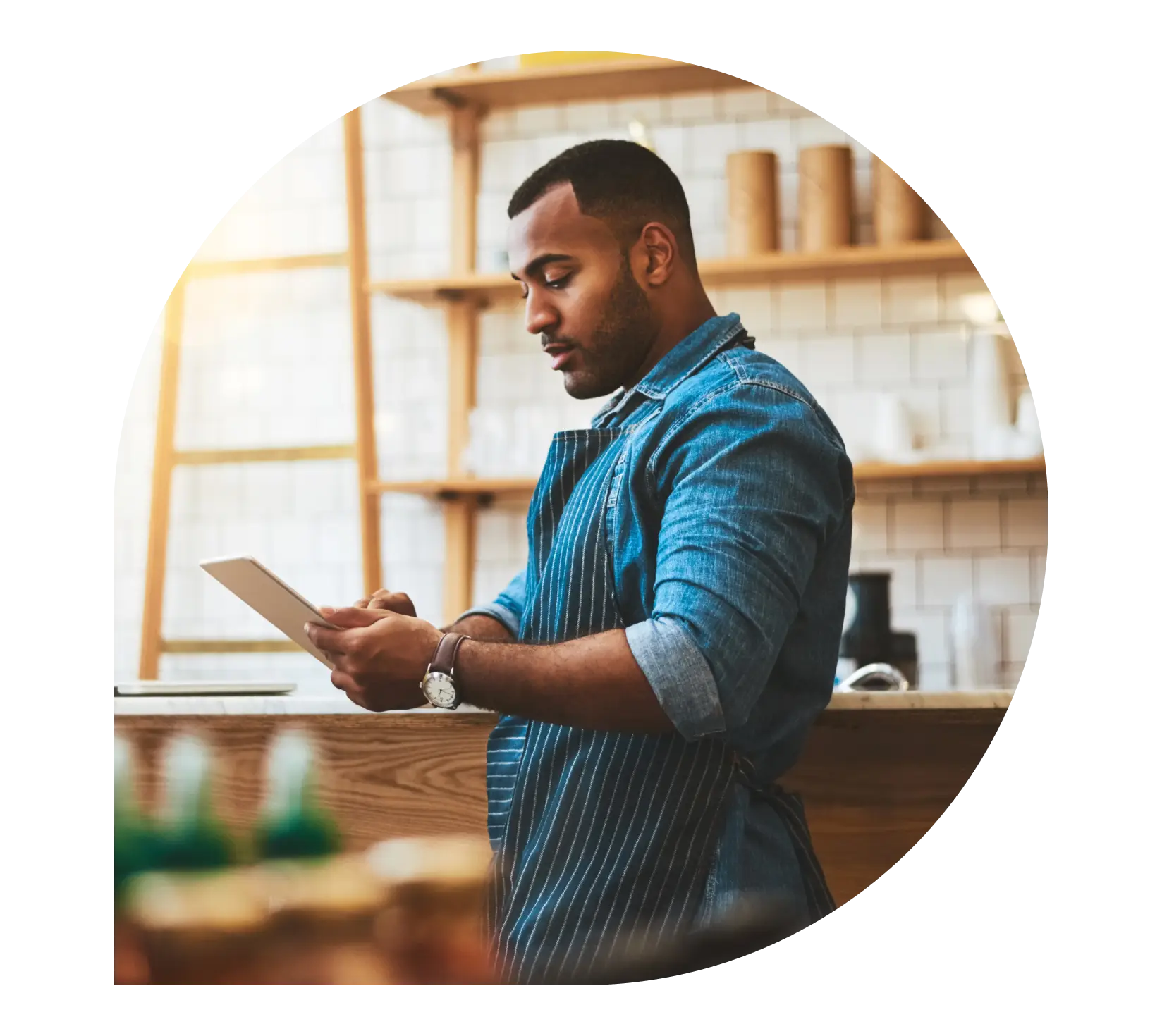
Search engine optimization, or “SEO”, can help restaurants stand out from the competition and drive more traffic online. To make it all make more sense, BentoBox’s team of SEO experts has put together a handy guide to SEO. (They have the subject down to a science.)
Download our free e-book for:
A comprehensive introduction to SEO, including a guide to key technical terms
Tips for measuring SEO performance
The latest industry insights and best practices for SEO
A Beginner’s Guide to Restaurant Branding
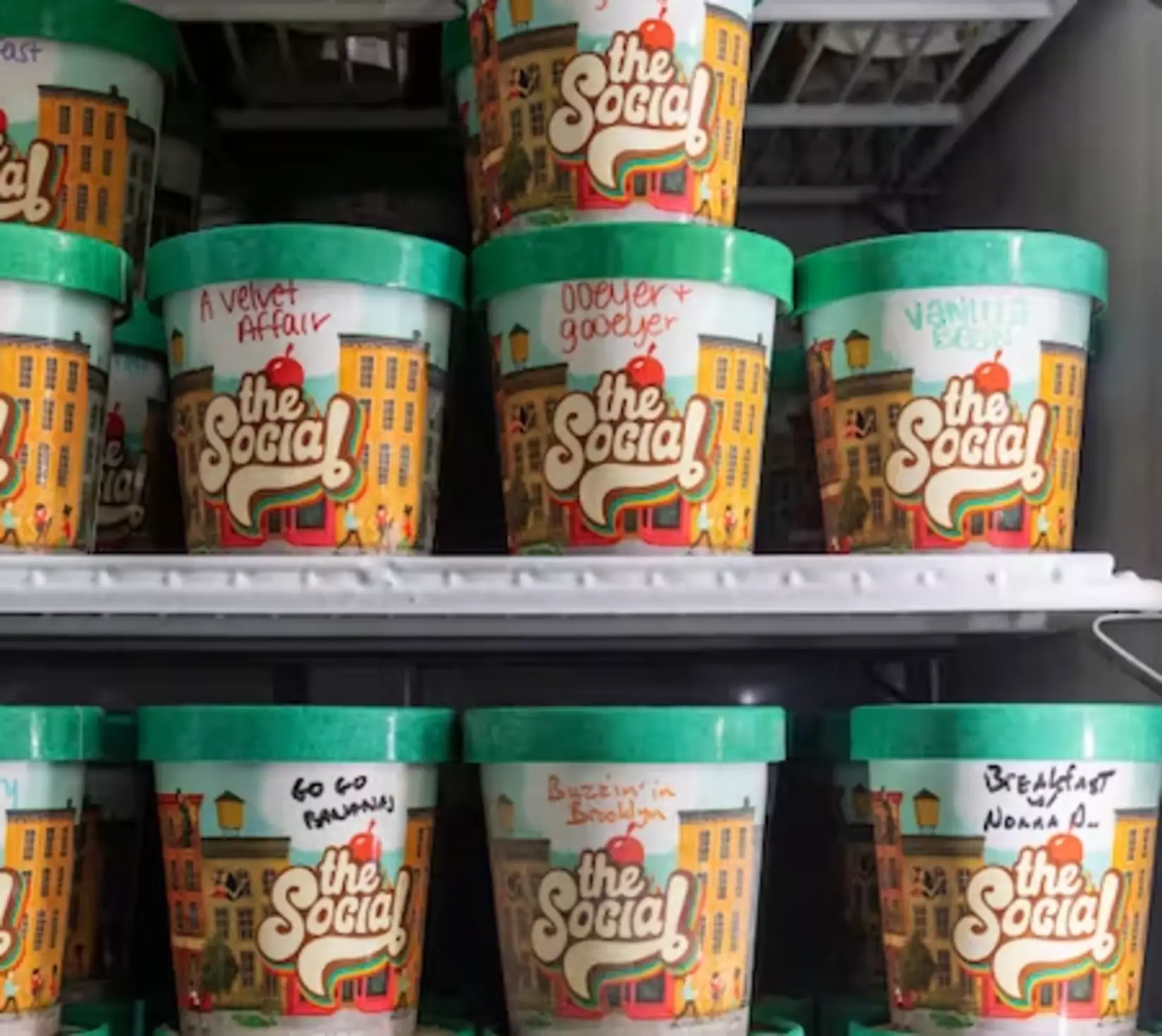
A strong brand should precede your restaurant, meaning people know what to expect before they ever sit down at a table or place an order online. Your restaurant name, logo, color palette, website, menu, and merchandise are just a few places where branding comes into play.
In this e-book, you'll find:
An overview of brand identity and brand voice.
Prompts to help you define your brand and bring it to life through physical and digital assets.
Expert analysis of strong restaurant brands.
25 Creative Instagram Ideas for Restaurants

No amount of tactics, hacks, or best practices can overcome mediocre Instagram content.
To help with this, we’ve curated 25 great examples of restaurant Instagram content and packaged them for easy reading and brainstorming. If you download the report, you'll get all of the following:
25 Instagram content ideas from successful restaurant accounts
Expert analysis of why each content idea works
Suggestions for how to apply each idea to your Instagram strategy
A Guide to Menu Design & Copywriting
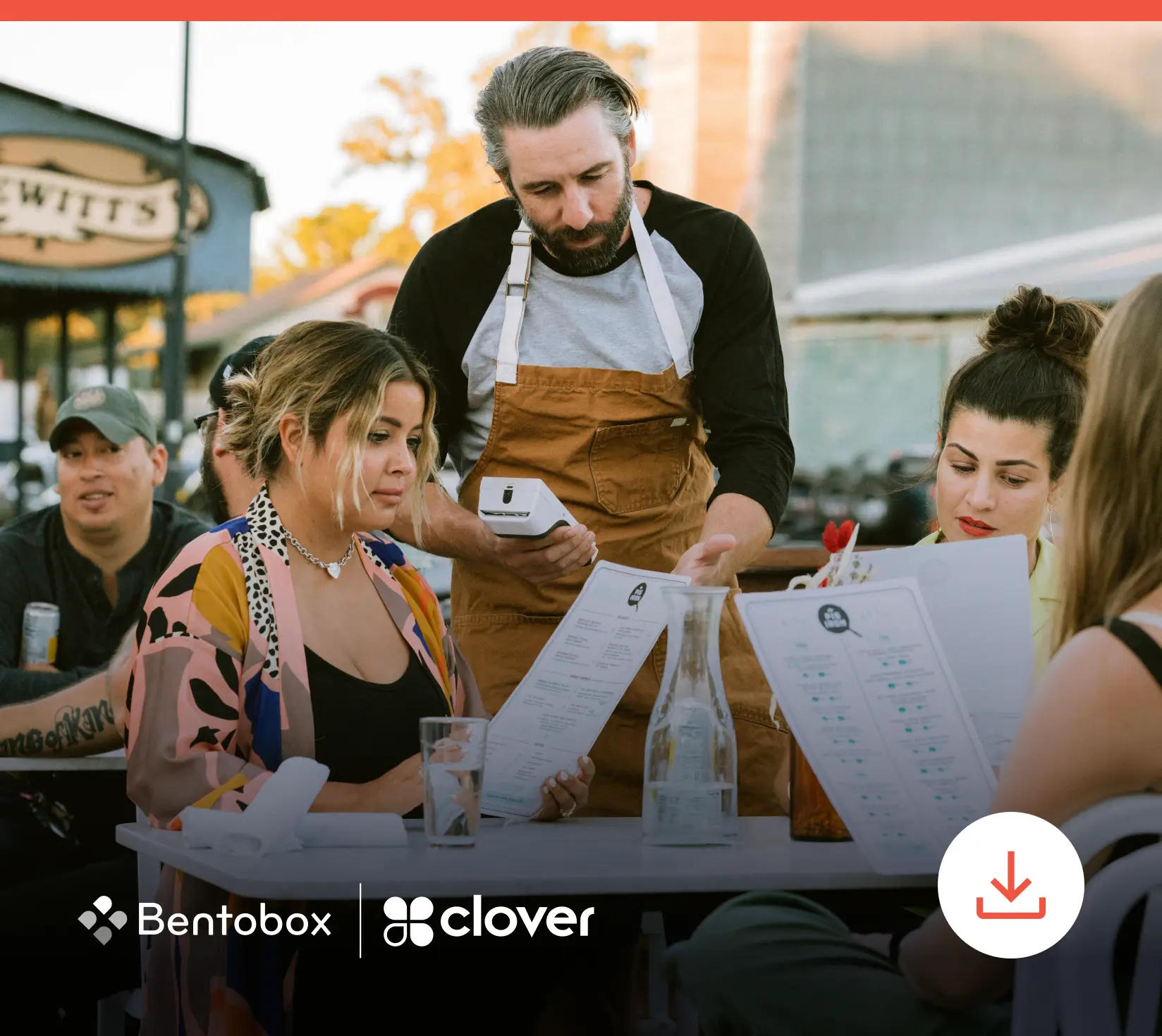
A menu is one of the first branded materials diners will interact with — so make it count. Putting effort into the visual design and copywriting of your menu can pique a guest’s interest, solidify your restaurant identity and drive more revenue. In this e-book, you'll find:
Detailed tips for visual menu design.
Specific suggestions on menu copywriting.
Real menu examples from BentoBox customers.
How to Open a Restaurant

Opening a restaurant? Good! As the restaurant industry grows and demand for both on-premise dining and takeout increases, there’s a need for new eateries. This means it’s the perfect time to open up a new restaurant business — one that cooks up signature dishes, boasts a loyal group of employees and patrons, maintains a special place in its community and, naturally, makes money.
In our 33-page guide to new restaurant openings, you'll learn how to:
Develop a business plan, source capital, and secure permits.
Build a menu and optimize it for delivery and takeout.
Hire staff, create a marketing plan, and spread the word in your community.
Restaurant Websites: 12 Essential Elements
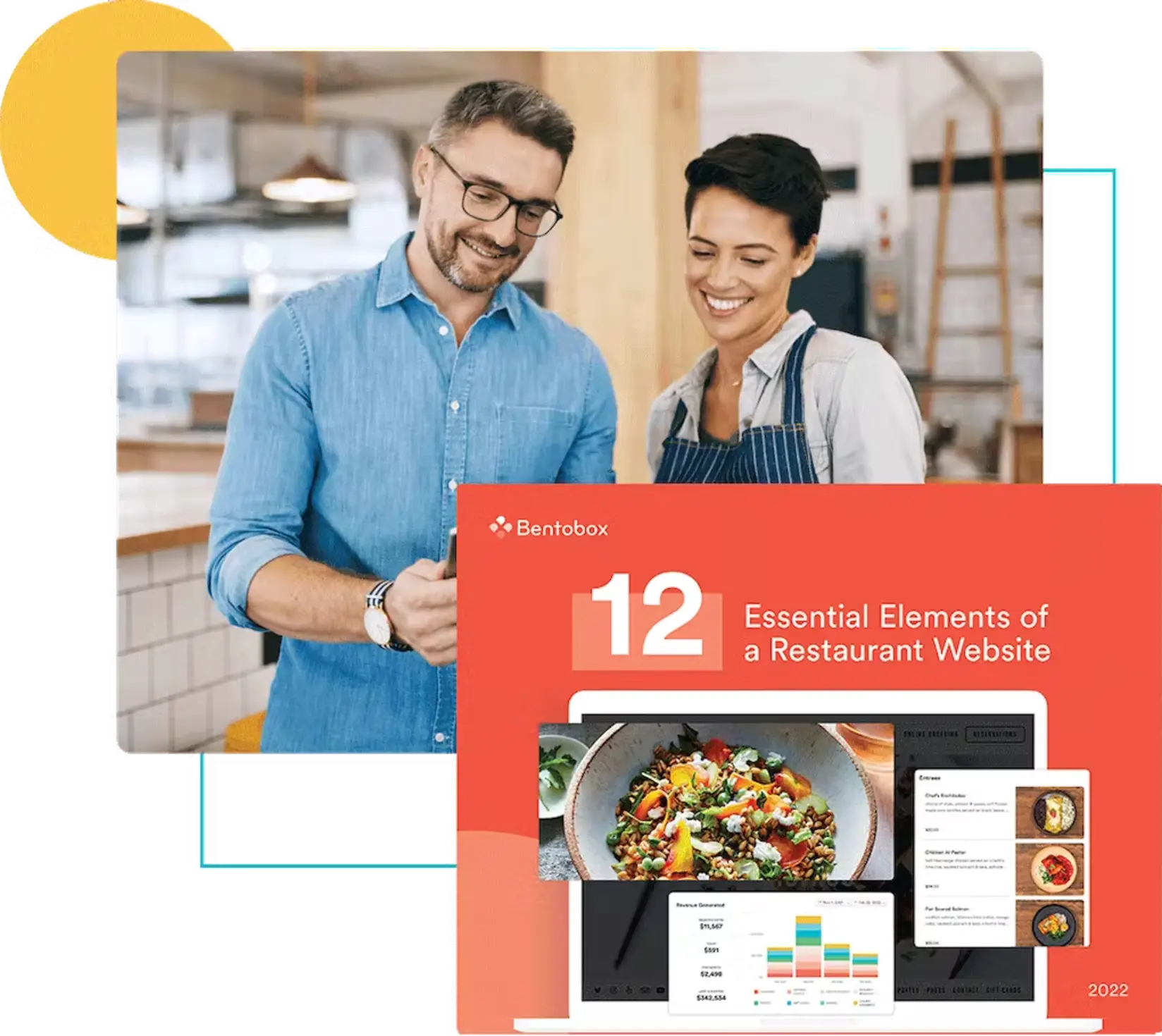
Whether you're launching a new restaurant website or updating an old one, you'll need the latest features and best practices to drive revenue. Read our latest guide, the 12 essential elements of a restaurant website, to stay one step ahead of the competition.
In this e-book, you’ll find:
Details on what makes a good restaurant website including simple user navigation, optimized digital menus, integrated e-commerce, and accessibility support.
Insight on how to connect your website to your POS and other tech solutions.
A guide to accepting inquiries and managing proposals for private events directly from your website.
20 Inspiring Restaurant Website Designs
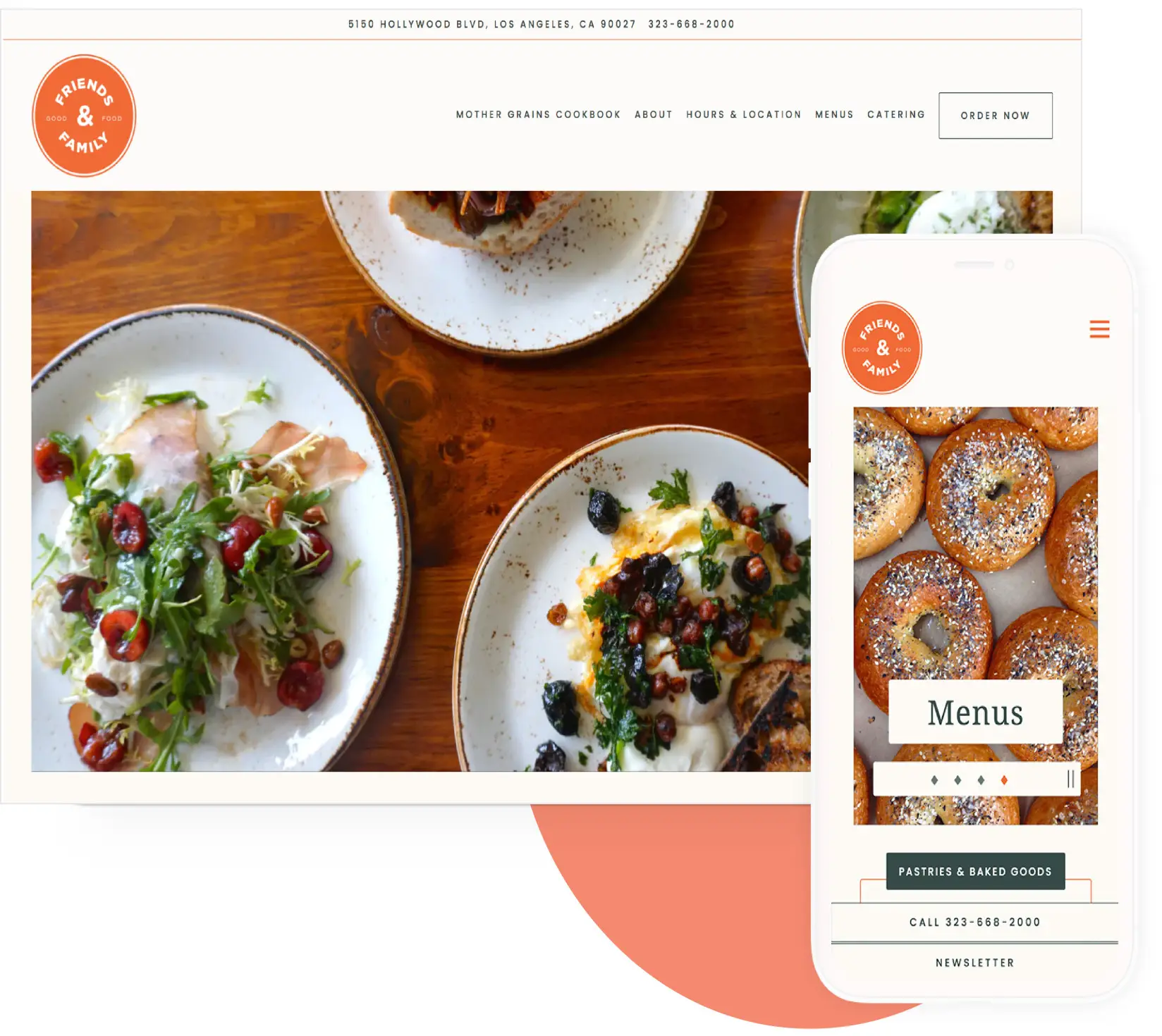
It’s one thing to read about the power of a website. It’s another thing to see that power in action. To provide inspiration for your own digital storefront, we have curated the best restaurant website designs on the internet, all of which are powered by BentoBox.
In this e-book, you’ll find:
20 restaurant website examples from Gramercy Tavern in New York to Damian in Los Angeles.
Expert analysis on what works on the restaurant’s website and why it’s effective.
Design ideas to experiment with on your own website.
The New Front of House
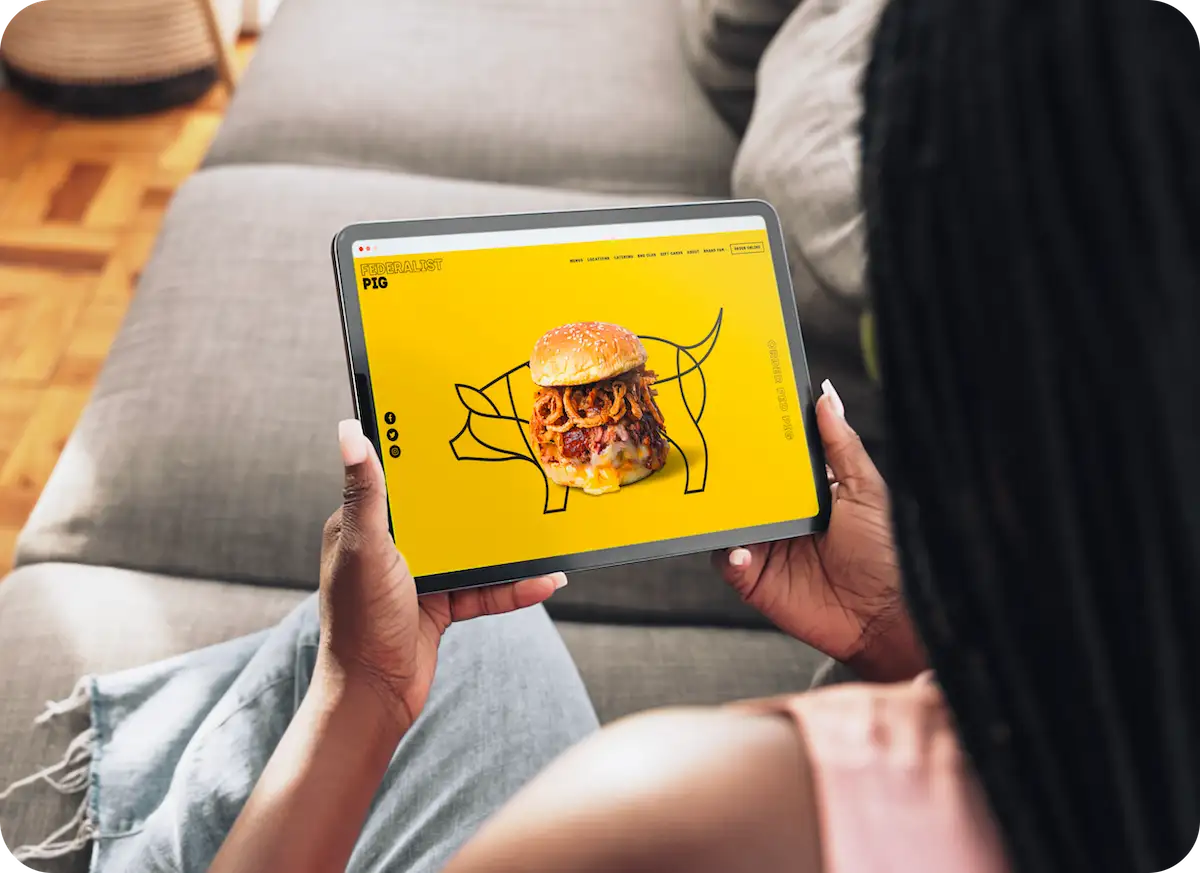
To many modern diners, a poorly designed website means a brand they don’t trust, and a clunky online ordering platform is similar to an unreliable server. Digital channels like websites are extensions of the traditional front-of-house experience.
In this e-book, you’ll find:
Why diners prefer direct online ordering over third-party services.
How restaurant websites influence diner behavior and decisions.
The benefits of a customer loyalty and reward program, plus real data on how it drives repeat orders.
